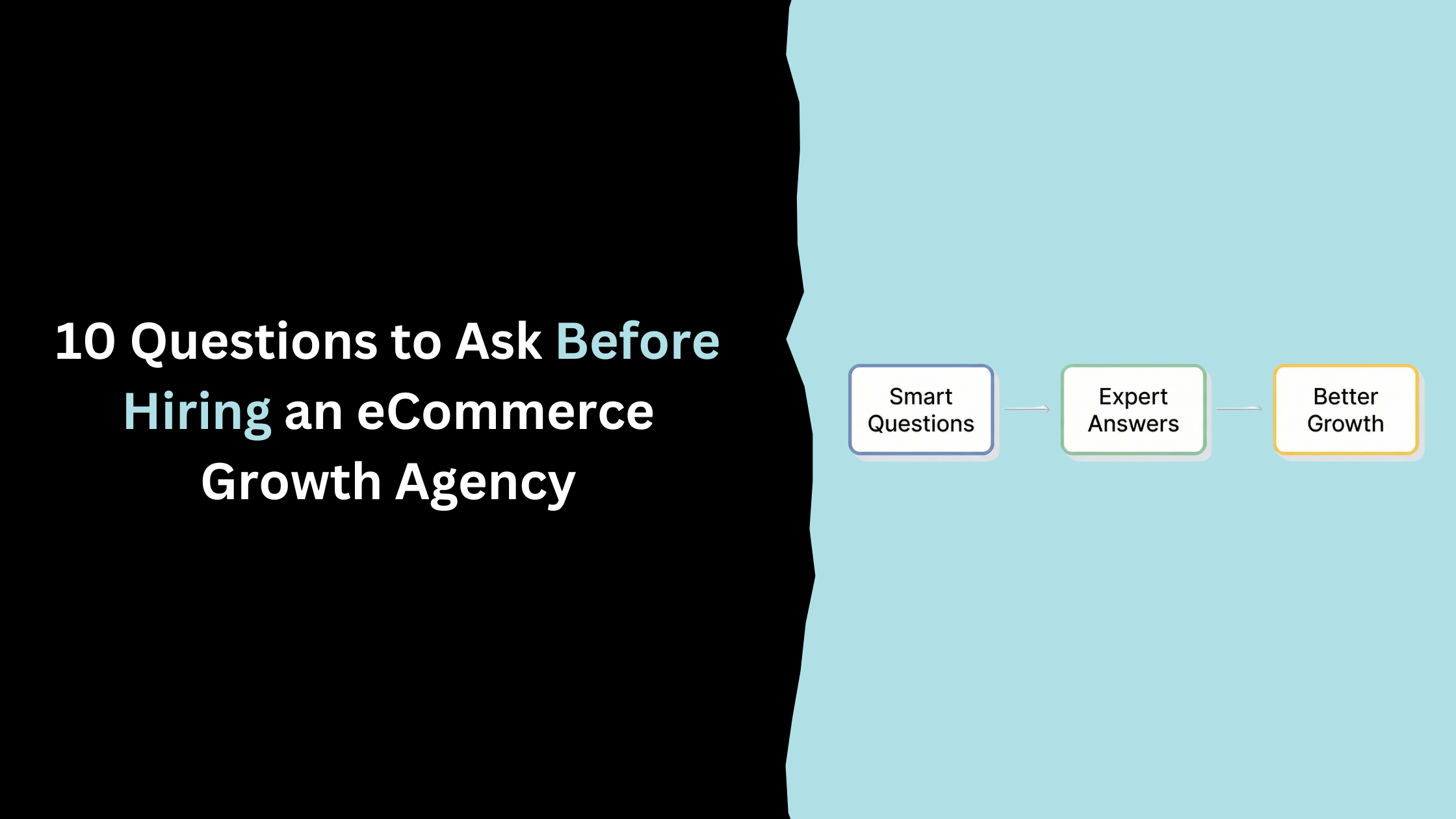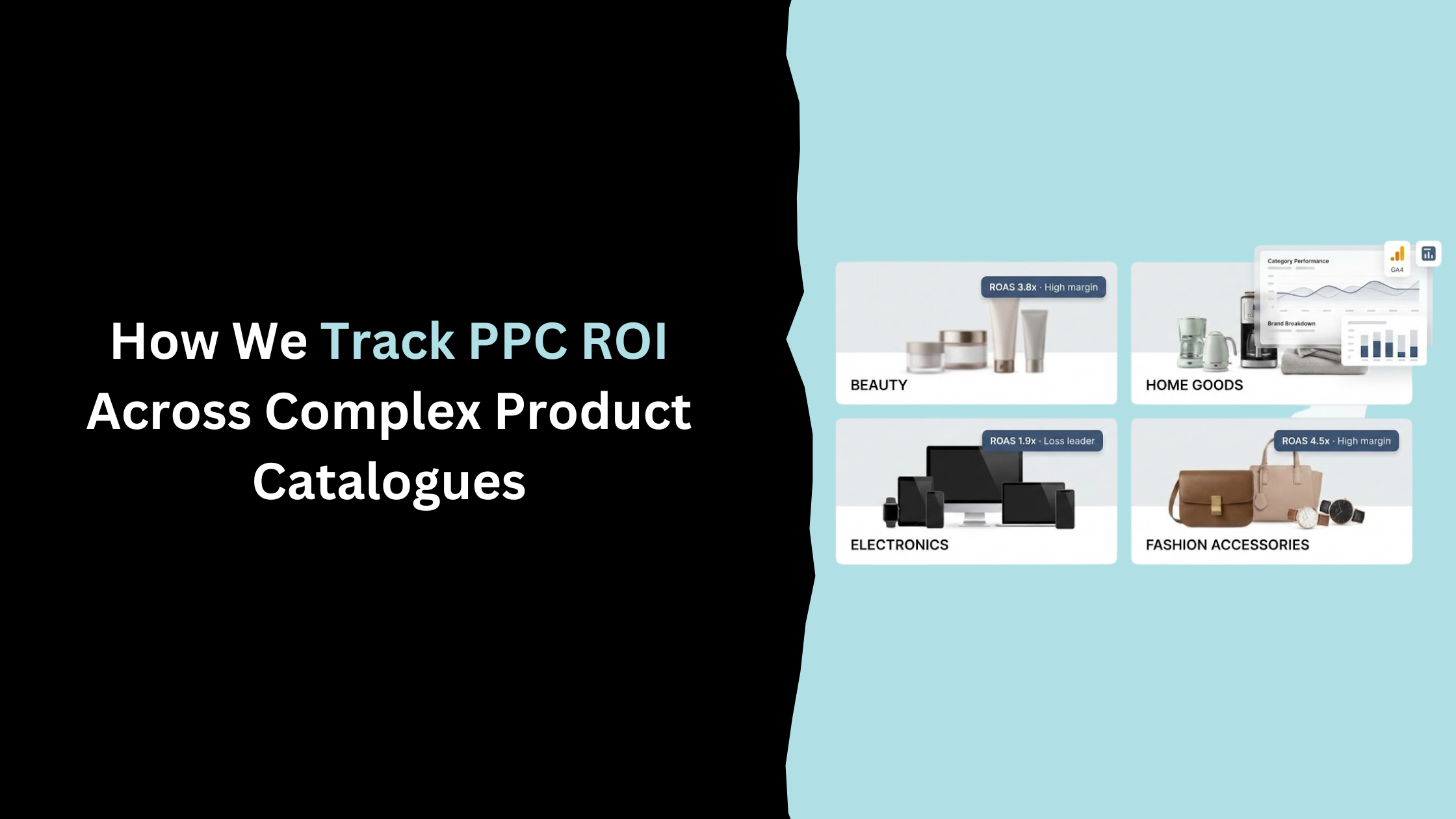Table of Contents
Even though some brick-and-mortar stores are holding out, online shopping has become a preferred method for a lot of consumers. From clothes to electronics and everything in between, the online realm is a lucrative sales floor. Entrepreneur.com reports that online shopping is growing three times faster than a traditional offline business.
Bottom line: if you want in on this profitable operation, you need to have a solid website that generates a lot of traffic.
Is your business experiencing minimal sales from week to week? Are you unsure of what’s causing low conversions on your website? Maybe you’re aware of your website’s faults but aren’t sure how to fix them?
In any case, we will cover the basics of CRO (conversion rate optimisation) for eCommerce and how you can implement these tactics into your e-Commerce website today.
What should I optimise for?
A lot of eCommerce business owners focus on increasing their conversions by a certain number. While it’s good to keep the numbers in mind, they should not be your main priority: Your overall goal should be to optimise your pages to complement users’ states of awareness.
You’ll need to research what appeals to users, so you understand how to convince them to take action. Once you make this your mindset, you will be able to start your CRO campaign on a high note.
Where do I begin?
You can start your CRO campaign by conducting an audit of your website, which will help you become familiar with your visitors. Check out these two ways you can analyse your visitors’ behavior:
Use a heatmap
A heatmap tracks how your users move their mouses around on your website’s pages. It helps you determine which elements of your website you need to optimise first.
Some actions that a heatmap can pick up include:
- Clicking on an image frequently: If your visitors are frequently clicking on a product image, the picture may be too small. Consider increasing the size and quality of one or images. This way, a potential customer can see for themselves if your product will meet their needs.
- Clicking on elements they think are links: Maybe you have blue and underlined text that looks like a clickable link but isn’t. Avoid confusing your customers by changing the colour of your text. Or, maybe a relevant link can be useful to your visitors.
- Scrolling up and down frequently: If you notice scrolling up and down prevail as a pattern, visitors may be looking for missing information. Review your website’s pages to ensure that all of the information that your customers need to know is present and easy to read.
Look at your site analytics
Study your site analytics to gather useful data about your overall conversion rate. Google Analytics is a free option to start with, but there are other tools out there that you can try as well.
Start with learning your overall conversion rate. From there, you can find conversion rates for specific factors like different user demographics and types of devices.
For example, a lot of sites tend to experience low mobile conversions compared with desktop ones. SmartInsights reports that, on average, U.S. eCommerce stores only experience a 1% conversion rate when visitors use mobile devices.
Find out if your eCommerce store is experiencing similar problems by looking at your site analytics. From there, you can optimise your website’s mobile layout, which will ideally lead to increased conversions.
eCommerce CRO basics you need to know
Once you have learned more about your visitors, you should move on to optimising your eCommerce site.
How do you know which pages to edit first?
We recommend starting with the five to ten pages that receive the most traffic, as they will have the most significant effect on your bottom line.
These tend to be the product pages. Once you have optimised the pages of your most popular products, you can move on to other pages, including:
- The homepage
- About Us page
- Category pages
- FAQ page
eCommerce CRO practices you can experiment with today
Refine your websites design
One of the worst things you can do is overwhelm a visitor to your website or confuse them with the organisation of your pages. Make sure your website pages only contain relevant information. Organise the pages logically so that users can easily find the information they need quickly.
Ensure your websites search feature works
As a consumer, nothing is more frustrating than not being able to find the answer to one of your questions about a product.
Don’t assume that the search bar connects users to their products – test this feature once, then twice, then another time. It’s worth easing the risk of customers clicking away from your site.
Seek out testimonials
Even if you have the most superior product in your industry, customers will be apprehensive about buying it if other buyers don’t support its benefits.
The Pew Research Center reports that nearly half of all U.S. adults under the age of 50 regularly check online reviews before buying a product. By not having reviews on your product, you won’t be held in high regard by your visitors.

Perfect your CTA buttons
A lot of marketers have different opinions on how to perfect CTA buttons. Some insist on using specific shapes and colours. While these can have compelling effects on visitors, they shouldn’t be your primary focus.
We recommend having your CTA button stand out from the rest of the page and testing out different phrases (like “Add to Cart” and “Buy Now”) to determine which one will best entice your visitors.
You should also optimise the area around this vital button and add trust signals to reassure your customers.
For example, the team at Convertica worked with a company called Just Thrive to improve its conversion rate. One of the things they focused on was making its “Add to Cart” CTA buttons more enticing to click. They placed a shipping icon, a 30-day guarantee badge, and secure payment options next to the button. These additions gave the button an added sense of legitimacy so customers could feel more comfortable making their final purchases.
Fill in all of your product descriptions
At traditional stores, consumers can see the products they want to buy in person. When they are shopping at an eCommerce store, consumers don’t have this same luxury.
Give them the next best thing with well-written product descriptions. Include relevant information, and don’t leave your visitors wondering what your product is all about.
Below, you can view two product descriptions for running shoes. The pair sold by ASICS highlights important features and explains the benefits that users gain from them. The pair advertised by New Balance has a bare product description that doesn’t give consumers a whole lot of useful information.
Which shoe would you rather buy: the one with a description that has “Imported” included twice, or the shoe with Flytefoam technology, Fluidride midsole, and several colour options?


Capitalise on scarcity
You should always be honest and transparent with your customers. Never be deceitful about how many products you have left in stock. Make it clear when you are running low on some of your items.
Also, let your customers know if the sale you are having is ending soon. A sense of scarcity and urgency will push apprehensive customers over the fence.
Offer free shipping
If your business can afford it, offer free shipping. Customers will spend hundreds of dollars on a high-quality product but may be hesitant to fork more money over for it if extra shipping costs appear at checkout.
Inc.com reported that 88% of shoppers would be more likely to make a purchase online with free shipping. Your business may experience a high number of abandoned carts if customers find out they have to pay for shipping.
Refine your checkout process & make it trustworthy
In his informational video for Shopify store owners, Justin Cener points out that the checkout page needs to be consistent with the rest of your website’s pages. Your checkout page is the place where you are asking customers to put in sensitive information. If it looks unprofessional or inconsistent with your brand, customers will click off before finalising their purchase.
Avoid losing valuable sales by customising this page. Take some time to add your logo and implement the same colours and fonts that you use across the rest of your website.
Final thoughts
Running an eCommerce store takes a lot of hard work and dedication. You also need to implement the right tactics to increase traffic and conversions. Without an adequate strategy, your bottom line will suffer.
Here, we’ve covered what you need to optimise for on your website, as well as which pages to optimise first and certain tips you can try today. Get to work with making these changes to your site, and you will notice a dramatic increase in both traffic and revenue!
Get in touch today
complete the form below for an informal chat about your business








